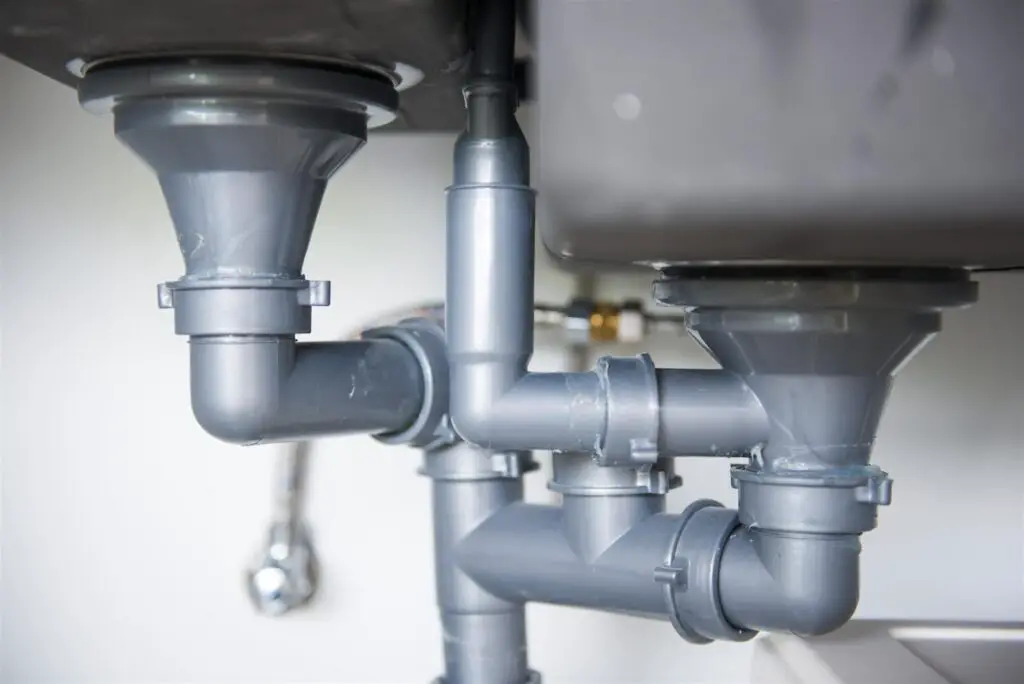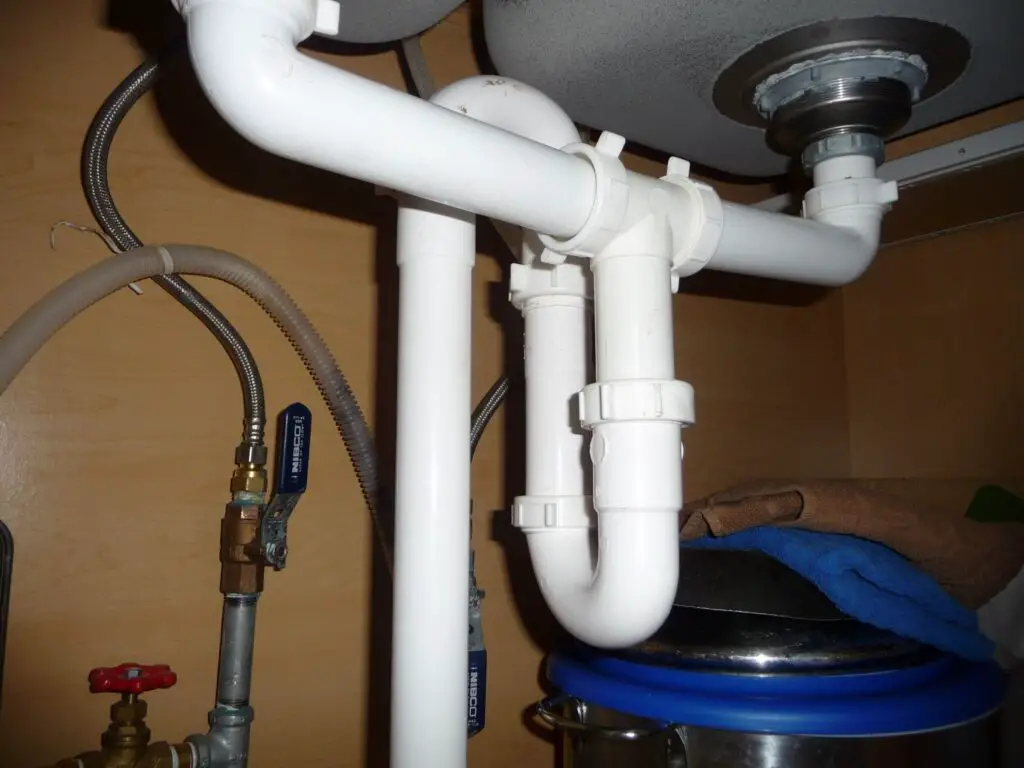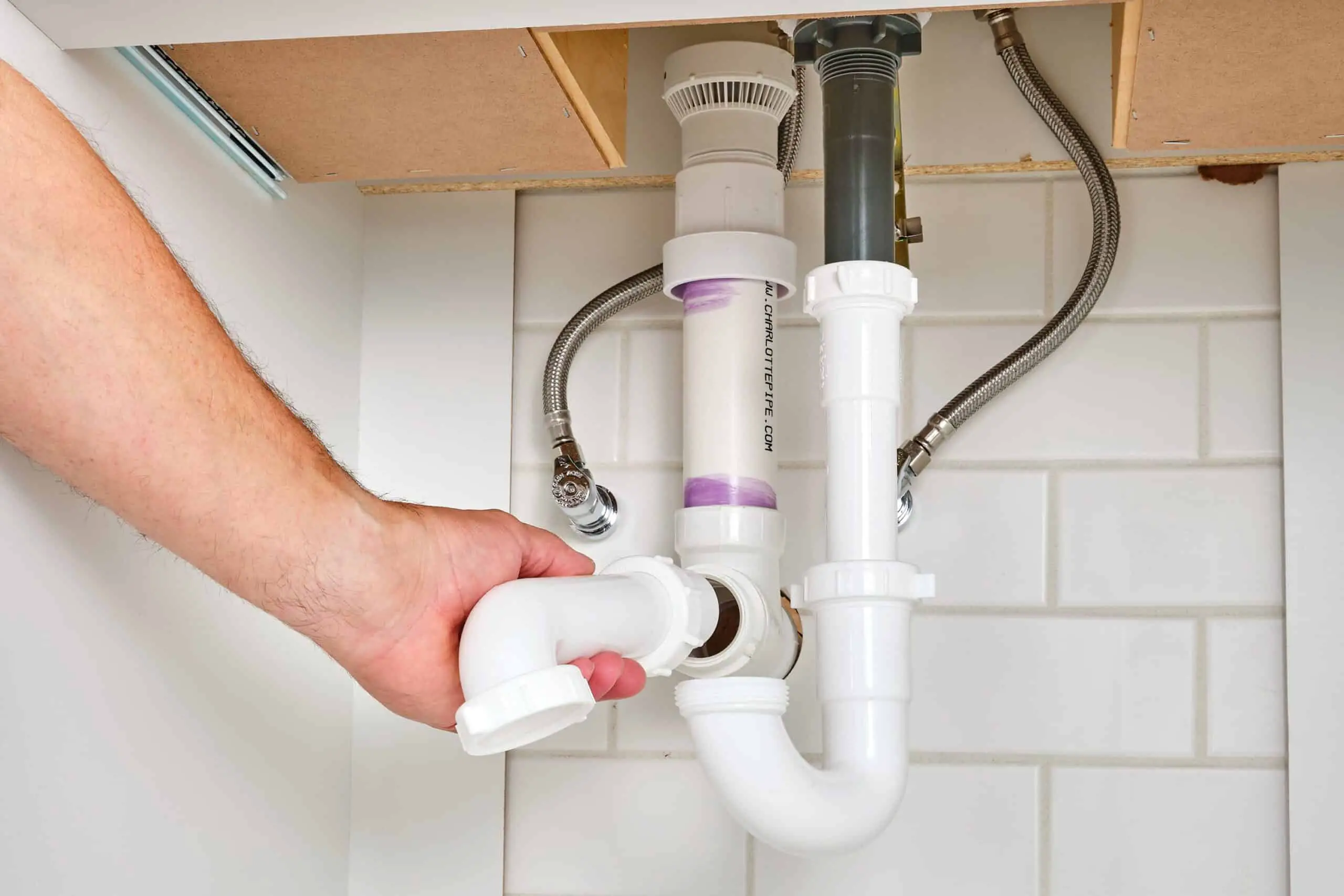What Is A Vent Stack In Plumbing
Introduction:
What Is A Vent Stack In Plumbing? Vent stacks help drain water and avoid odors. However, few people understand vent stacks and their relevance in plumbing. This introduction will explain vent stacks, their role in plumbing systems, and their role in odor-free drainage.
Vent stacks, also known as plumbing vents or vent pipes, plumbing vent are vertical pipes that connect to a building’s drainage system through the roof. Its main purpose is to ventilate the plumbing system and help wastewater flow. The vent stack balances the drainage system to prevent vacuums, which can cause slow drains, gurgling sounds, and traps being siphoned.
The vent stack balances drainage system pressure by allowing air to enter, preventing water from siphoning out of traps or fixtures. It keeps wastewater flowing properly so gravity can pull it down. The vent stack also equalizes air pressure, eliminating plumbing obstructions. By allowing gasses to escape safely through the roof, the vent stack reduces odors.

What is the purpose of a vent stack?
A plumbing vent, or a vent stack, regulates the air pressure within your home’s plumbing system. They’re comparable to drain pipes, which remove waste and water from your home; plumbing vents remove the gas and odor from your home.
A vent stack, also known as a plumbing vent or vent pipe, serves several important purposes in a plumbing system. Its primary function is to allow the release of sewer gases and odors from the drainage system, preventing them from accumulating inside a building. Here are the main purposes of a vent stack:
Ventilation
The vent stack provides a means for fresh air to enter the plumbing system, allowing wastewater to flow freely. As water drains from sinks, toilets, showers, and other fixtures, it creates a vacuum or negative pressure within the pipes. The vent stack introduces outside air into the system, equalizing the pressure and facilitating smooth drainage. Without proper venting, water flow can be impeded, leading to slow drainage, gurgling sounds, or even complete blockages.
Odor Control
Sewer gases produced by the decomposition of waste can be hazardous and unpleasant. The vent stack allows these gases to escape to the outdoors, preventing them from entering the living or working spaces.
System Efficiency
The presence of a vent stack helps maintain the optimal operation of the plumbing system. Air locks can lead to reduced water flow, gurgling noises, and even complete blockages. The vent stack ensures proper air circulation, allowing for efficient drainage and preventing such issues.
What is meant by vent stack and stack vent?
Stacks of vent pipes are used to let drain pipes empty into the air outside. Plumbing vents link the main vent stacks together. Vents that are stacked drain and air. Plumbing air flow and pressure are kept up by vertical lines or vent stacks. The main thing it does is safely get rid of sewage gases, smells, and other harmful things from the pipe system. Vent stacks go up and down through roofs and are often linked to sewage systems.
It lets air into the drainage system so that vacuum or pressure doesn’t stop the flow of garbage. The vent stack evens out the pressure in the system, which makes the sink work better. It’s possible for “stack vent” to mean both a venting device and “vent stack.” At the bottom fixture branch, vertical stack vents join to the drainage stack. This roof vent is used by many devices on a branch or stack.
What is a vent stack also known as?
The vent pipe, which is also known as a vent stack or plumbing air vent, controls the flow of air so that waste and water can move through lines that drain out of your home. It stops a vacuum that makes draining slow or not happen at all. The vent pipe has to work for the drain lines to do their job.
A vent stack, which is also called a plumbing vent or a dirt stack, is an important part of a building’s plumbing system. It’s a straight pipe that goes through the roof of a building and into the drainage system, usually from the building’s waste pipe.
The main job of a vent stack is to make sure that the pipe system has enough air flow and ventilation. The vent stack lets air into the system as wastewater moves through the drainage lines. This evens out the pressure and stops any negative pressure or suction that could block the flow of water. This process helps to keep the drainage system working well and staying strong.
Vent stacks are also used to get rid of bad smells and gases that can build up in the pipe system. Providing a way for these gases to leave, the vent stack helps keep the building healthy and free of smells.
What size is a vent stack?
The same as pipe vent stacks. DWVs are run by the core stack. A pipe about 3 or 4 inches wide goes straight into the roof. It works with a second 2- or 3-inch stack. The size of vent stacks is determined by building and plumbing rules. Vent stacks that are bigger than drain lines let air move.
Most home water systems have air stacks that are 1.5 inches (3.8 cm) or 2 inches (5.1 cm) high. They come in different sizes to fit sinks, toilets, and baths. These are rough estimates of the sizes. For plumbing installation sizes, talk to a professional or look at your local building rules.

How many plumbing vent stacks?
one stack vent
At least one stack vent or vent stack must go outside into the open air from each pipe system. However, vent stacks can become blocked, causing several issues. Acrylonitrile Butadiene Styrene (ABS) plastic is another material used for vent stacks. It shares similar characteristics with PVC, such as being lightweight, corrosion-resistant, and relatively easy to install.
The size of the building, the amount of plumbing fixtures, and the way the plumbing system is designed all affect how many plumbing vent stacks are in a building.
In a normal apartment building, there is one main plumbing vent stack that goes through the roof and connects to the main sewer or septic machine. This main vent stack is where all the vents for the plumbing system connect. It lets sewer gases escape and trash and water flow properly through the pipes.
Depending on how complicated the plumbing system is and how many outlets are in it, more vent stacks may be added. Most fixtures, like toilets, sinks, showers, and bathrooms, need their own vent stack or a vent pipe that connects to the main vent stack. This helps keep problems like sewer gas buildup, siphoning, and bad runoff from happening.
What are vent stacks made of?
Cast iron, galvanized steel, galvanized wrought iron, copper, brass, Schedule 40 ABS DWV and Schedule 40 PVC DWV are some commonly used approved materials.
Vent stacks, also known as plumbing vents or soil stacks, are typically made of a durable and corrosion-resistant material, such as cast iron, PVC (Polyvinyl Chloride), or ABS (Acrylonitrile Butadiene Styrene) plastic.
PVC
Polyvinyl Chloride (PVC) is a popular material for modern vent stacks. It is lightweight, easy to work with, and cost-effective. PVC is resistant to chemicals, corrosion, and most types of damage. It is also a good insulator and helps reduce noise transmission.
ABS
Acrylonitrile Butadiene Styrene (ABS) plastic is another material used for vent stacks. It shares similar characteristics with PVC, such as being lightweight, corrosion-resistant, and relatively easy to install. ABS is commonly used in residential and commercial buildings.
How many bends does a vent stack have?
With the appliances used today, the use of an excessive number of elbows can cause condensation problems. Try to limit the installation to no more than two 90 offsets and to use offsets of no more than 45 wherever possible. However, vent stacks can become blocked, causing several issues. Acrylonitrile Butadiene Styrene (ABS) plastic is another material used for vent stacks. It shares similar characteristics with PVC, such as being lightweight, corrosion-resistant, and relatively easy to install.
Additional bends may be present if the vent stack needs to navigate obstacles within the building’s structure, such as walls or other pipes. These bends help to ensure that the vent stack can be properly installed and aligned with the building’s plumbing system. Each fixture, such as toilets, sinks, showers, and bathtubs, generally requires its own individual vent stack or vent pipe connected to the main vent stack. This helps to prevent issues such as sewer gas buildup, siphoning, and improper drainage.
What can block a vent stack?
Since the opening of a vent stack is outside (usually on the roof), it’s vulnerable to outdoor elements. That’s why it’s easy for the vent to get clogged — dust, debris, leaves, and other things can block its opening. Try to limit the installation to no more than two 90 offsets and to use offsets of no more than 45 wherever possible.
A vent stack, also known as a plumbing vent, plays a crucial role in the plumbing system of a building. It helps regulate air pressure and ensures proper drainage by allowing gases to escape from the plumbing system. However, vent stacks can become blocked, causing several issues. Acrylonitrile Butadiene Styrene (ABS) plastic is another material used for vent stacks. It shares similar characteristics with PVC, such as being lightweight, corrosion-resistant, and relatively easy to install.
One common cause of vent stack blockage is debris such as leaves, sticks, or bird nests that accumulate at the opening. This obstructs the free flow of air and gases, leading to potential problems like gurgling drains, slow drainage, or even sewer gas backups into the building.
Another possible cause of blockage is the buildup of ice during cold weather, particularly in regions with low temperatures. The freezing of moisture within the vent stack can restrict airflow, causing pressure imbalances and hindering proper drainage.

Conclusion
A vent stack is a critical component of plumbing systems that allows for proper drainage, ventilation, and odor control. By extending vertically through the roof of a building and connecting to the plumbing system, the vent stack ensures that air can enter the drainage system, balancing pressure and facilitating the smooth flow of wastewater. It acts as a safeguard against vacuum formation, which can impede drainage and lead to issues such as slow drains and gurgling sounds.
The functionality of a vent stack is paramount to maintaining the integrity and efficiency of plumbing systems. It helps prevent water from being siphoned out of traps, ensures the proper flow of wastewater by allowing gravity to work effectively, and equalizes air pressure to minimize the risk of clogs or blockages. Moreover, the vent stack allows gases produced by the plumbing system to escape safely through the roof, preventing foul odors from permeating the building and creating an unpleasant environment.








